Lending
While farmers, and in particular those in the dairy industry, are making substantial investments in their businesses it is important to not rush into any investment and to take time to plan what is needed on the farm. The most important aspect of any loan is to make sure you have the repayment capacity for whatever size of a loan you take out. Whether it is €2,000 or €200,000, the same principles apply.
“There are some people rushing in to get a loan but that is why we will look for three to five years of accounts for the farm so that we can get a real feel of their business and that way we are not just looking at a really good year or a really bad year in isolation,” according to John Farrell of the AIB agri sector team.
“When it comes to dairy, for example, we are never lending on current milk prices. We look at the long-term view of the sector,” added Anne Finnegan, head of agri sector with AIB. “The dairy sector has just come through 10 years of volatility and in the main young farmers are coming in for finance with their eyes wide open. Their financials will have to be fairly robust.”
Bridging loan
When it comes to financing a shed with the help of a TAMS grant aid, the farmer will generally have to get two different types of loan. “If someone is coming looking for finance and they are being supported by TAMS then we will look at doing a bridging loan for the TAMS element and the VAT element of the project,” according to John. A bridging loan is generally run over a 12-month period where only the interest is paid every month for 12 months with a lump sum being paid after this time when the grant aid is paid to the farmer and the VAT is claimed back. Often confirmation of TAMS approval will be required before the bridging loan can be drawn down by the farmer.
VAT on farm buildings can vary from 13.5% to 23% so overall the bridging loan can be a substantial amount.
“In some instances where a farmer has experienced a delay in getting his grant aid paid we will typically kick on the bridging loan for another couple of months,” Anne said, “If for some reason you don’t get your grant aid then you will have to look at terming out the loan.”
Term loan
For the rest of the finance, a term loan will have to be used. The terms of this loan will vary depending on the circumstances of each farmer. “The system, stock on the farm, land base, owned or leased, liability profile and creditors and debtors will all be required when applying for a loan,” said Anne. While for experienced farmers it will be previous accounts that will be sought, for young farmers starting off detailed cash flow and income projections will be crucial.
In general, loans for farm buildings will be taken out over seven to 10 years according to John, with the maximum term for buildings of 15 years with AIB. As we see in the examples, trying to pay off a loan quickly can lead to very high monthly repayments which could lead to cashflow issues.
Interest rates that farmers will pay can vary as high as 6.9%, for smaller amounts of finance, but would more generally be much lower than this for larger loans according to Anne. “Typically, the interest rate will be dictated by the size of their borrowing and the size of their overall debt. The strength of the customer and their credit profile will all feed into the interest rate.”
According to John: “If you are getting a loan of €80,000 for example we would look at the bridging aspect and the overall loan together and in most instances the interest will be the same for both, especially where the loan is over €60,000.”
When it comes to beginning repayments, they will be based on what has been drawn down. According to Anne: “Where there are big projects being completed then there is probably phased draw-down of the loan, subject to different aspects of the building being finished. However, it would be fully costed at the start and the farmer would apply for the entire amount that they require at the start.
“You will only start making repayments and paying interest on what is drawn down. While the bridging loan is interest-only repayments for the first year, we can also do this with some term loans.
“It depends on the circumstances, where someone’s cash flow isn’t going to start for a year, for example a new entrant into dairying. This way it gives them a bit of headroom if they are paying interest only,” Anne said.
Pitfalls
There are several pitfalls that Anne highlighted that farmers must be conscious of when going for a loan. “You need to have your costings done well in advance of coming to the bank and to build in the contingency. When somebody starts work and then hits problems and require more earth movement or more stone or whatever else, you are not in a strong position to go back to the bank and admit that actually the costings were not right and you need more money.
“You are better off if you cost it and build in a contingency at the start and you don’t need to draw it all down as opposed to coming in and looking for more. You only pay interest on what you draw down. Depending on the nature of the works a contingency of between 20% to 30% would be recommended.
It is also important that farmers get their accounts in order according to Anne: “One of the challenges that the banks come across is financial accounts that don’t show a profit. Ultimately if you don’t show a profit there is nothing to repay your financial commitments.
“Farmers need to understand that if you are looking down the road and planning investing on your farm then you have to have a set of accounts that shows a level of profitability that can service debt.”
All new entrants are not equal, according to Anne: “Some people could have over five years’ experience whether that is on the home farm, working as a farm manager or working in somewhere like New Zealand before they start off and they are bringing with them management experience which is a very different proposition when compared to someone with no experience.”




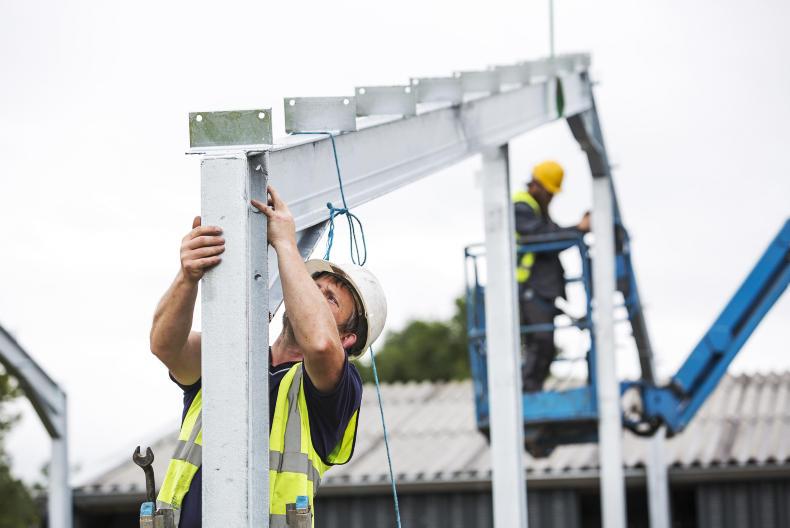

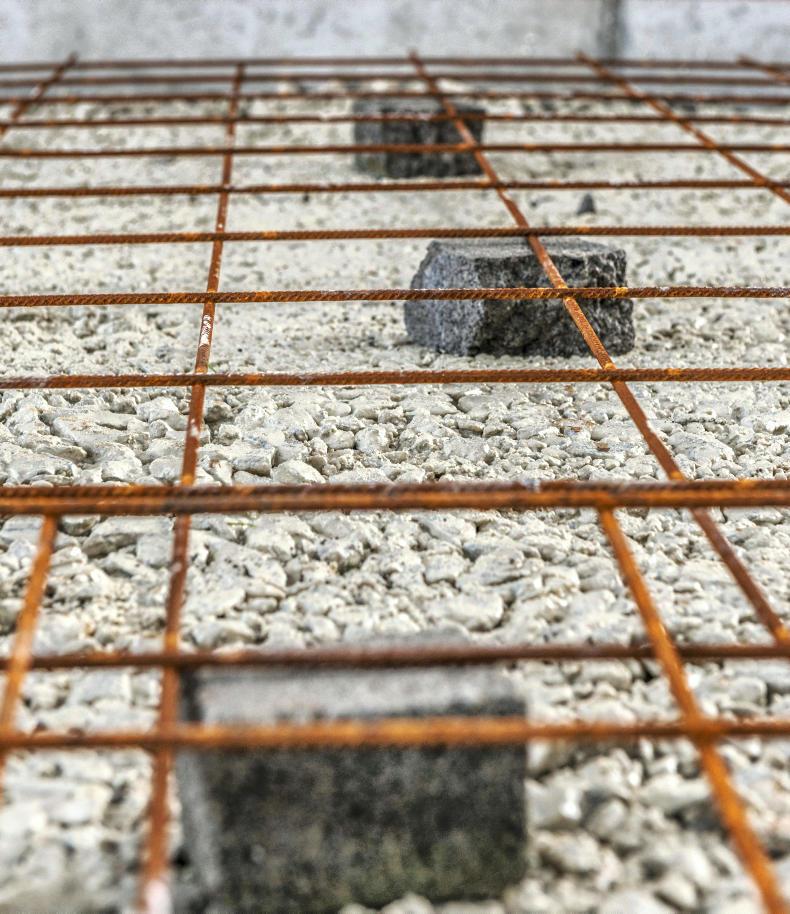

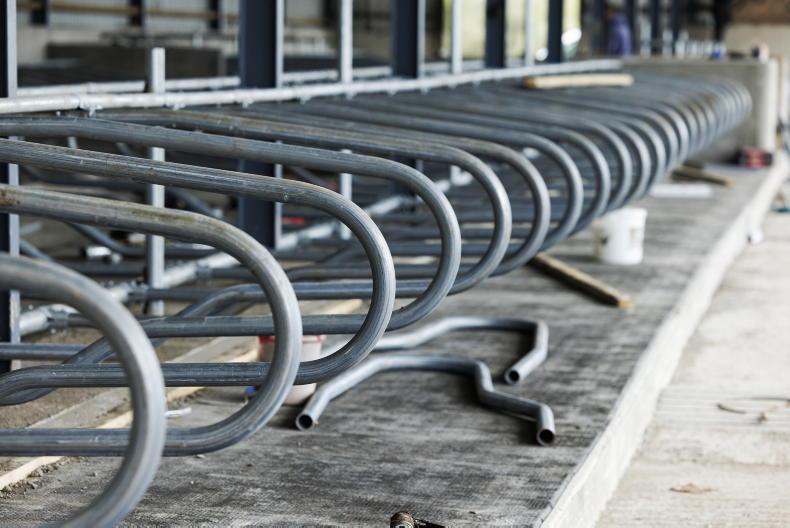

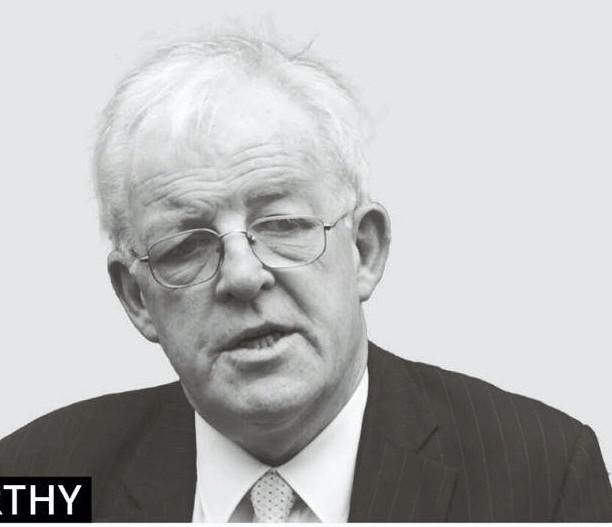

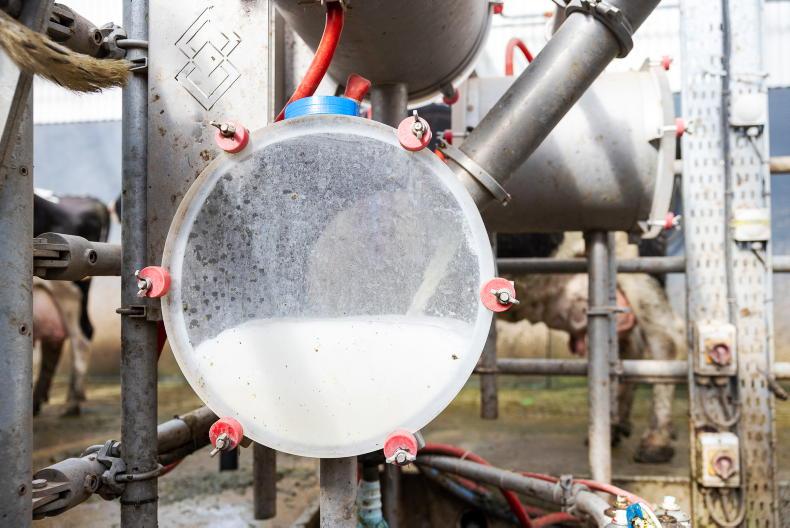
SHARING OPTIONS